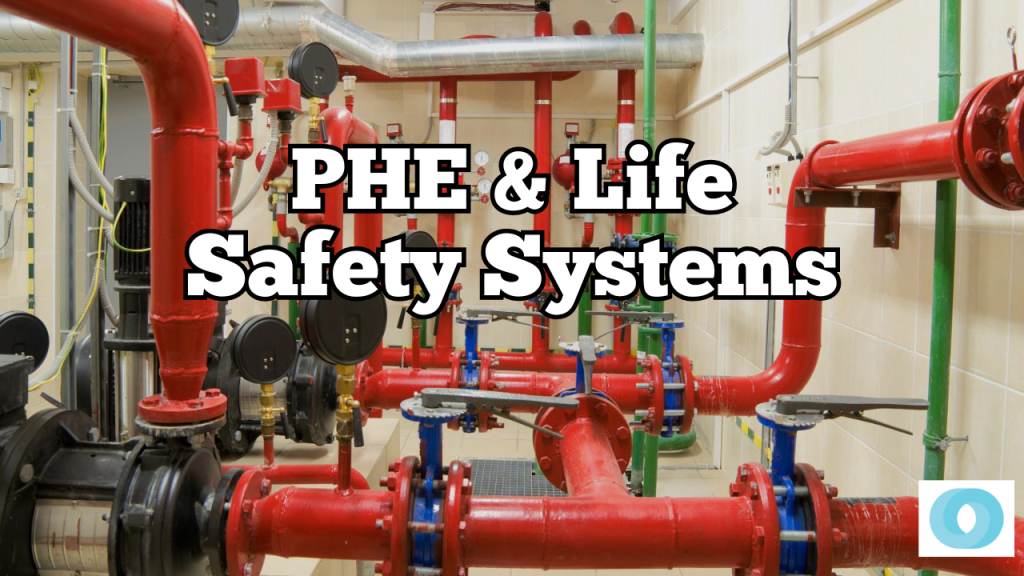Importance of (PHE) Public Health Engineering and Life Safety Systems in Indian Buildings

When it comes to construction and real estate development in India, it’s not just about aesthetics and functionality; it’s also about safety and well-being. Public Health Engineering (PHE) and Life Safety Systems play a pivotal role in ensuring that buildings are not just structures but safe havens for occupants. In this blog, we’ll explore what PHE engineering is, what Life Safety Systems entail, and why they are indispensable in the Indian context.
What is PHE Engineering?
Public Health Engineering (PHE) is the discipline that focuses on designing and implementing systems and infrastructure that provide safe and clean water supply, efficient sewage and wastewater disposal, and effective solid waste management. In the context of buildings, PHE engineering ensures that residents and occupants have access to clean and potable water, hygienic sanitation facilities, and a healthy environment.
What are Life Safety Systems?
Life Safety Systems are a comprehensive set of measures and technologies designed to protect the lives and well-being of building occupants in case of emergencies, such as fires, natural disasters, or other hazardous situations. These systems encompass fire detection and suppression systems, emergency lighting, evacuation plans, and more. In essence, Life Safety Systems are the first responders that ensure people can safely exit a building during emergencies.
The Dangers of Neglecting PHE Engineering and Life Safety Systems
Let’s delve into some eye-opening statistics that illustrate the critical need for PHE engineering and Life Safety Systems in Indian buildings:
- Fire Hazards: According to the National Crime Records Bureau (NCRB), India records thousands of fire-related deaths and injuries annually. Many of these incidents occur due to a lack of adequate fire safety measures in buildings.
- Waterborne Diseases: Improper water supply and sanitation infrastructure can lead to waterborne diseases. The World Health Organization (WHO) estimates that 21% of communicable diseases in India are linked to unsafe water and lack of sanitation.
- Air Quality: Poor indoor air quality is a significant concern in urban areas. The World Bank reports that air pollution in India leads to over one million premature deaths each year.
- Building Collapses: Building collapses due to structural failures are not uncommon. The collapse of a building in Mumbai in 2020 claimed several lives and highlighted the importance of proper engineering and construction practices.
Conclusion
In India’s dynamic construction and real estate sector, prioritizing Public Health Engineering and Life Safety Systems is not just a legal obligation; it’s a moral responsibility. These systems are the backbone of building safety, protecting lives and ensuring a healthy environment for occupants.
As builders, architects, and commercial real estate professionals, it’s crucial to champion these systems in every project. By doing so, we not only adhere to regulations but also contribute to the well-being and safety of our communities. Let’s remember that every building we construct is not just a structure; it’s a sanctuary where people live, work, and thrive.
McD BERL provides more than two decades of multidisciplinary MEP, Fire, PHE and Retrofitting solutions to make your building safe, efficient, and resilient to unseen dangers and challenges. Get in touch with us today for MEP services or Sustainable building design.




